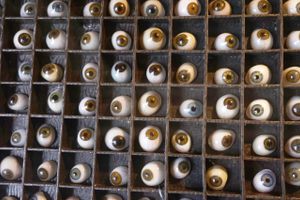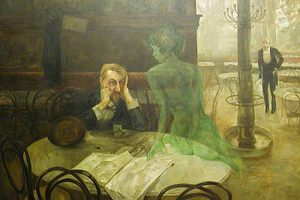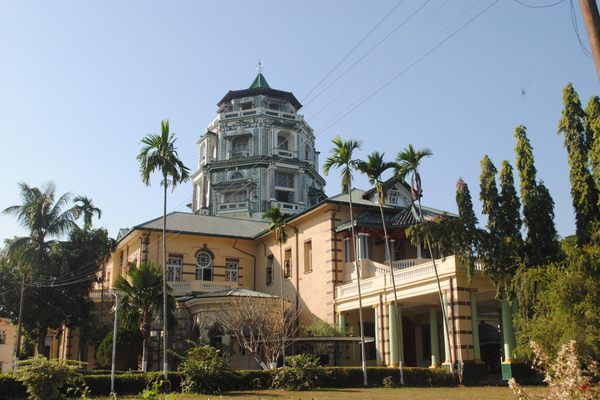About
Absinthe has always been a drink of mystery and intrigue. This is due in no small part to its longstanding history as a seductive drink of choice for artists and bohemians, the complexity of the process involved in drinking it properly, and the much-rumored hallucinogenic properties of its original ingredients.
By far the biggest contribution to the green drink’s legacy however, is the fact that it was effectively banned in most western countries for nearly 100 years. The ban left such a lasting mark on the liquor, granting it a permanent air of being a forbidden fruit in the public psyche, that the Absinthe Museum in New Orleans, Louisiana is divided into two sections: pre-ban and post-ban histories.
Lesser known is that the primary catalyst for the ban was a gruesome murder scene in the tiny rural community of Commugny, Switzerland.
In 1905, an alcoholic by the name of Jean Lanfray drank himself to the point of delirium, which was not unusual for him. The unusual part was that when he returned home, he immediately got into an argument with his pregnant wife which culminated in his murdering her and their two children before turning the gun on himself and shooting himself in the head.
Lanfray had no less than five different types of alcohol in his bloodstream that day, including more than five liters of wine, his drink of choice. But it was the liquor he reportedly drank the least of that ended up getting the most attention. His consumption of absinthe immediately allowed prosecutors and journalists to dub the event “The Absinthe Murders,” and suggest that Lanfray was overcome by vicious, inescapable tendencies brought on by this dangerous substance.
It did not help that Lanfray survived his attempted suicide, found by police with a bullet wound to his head but still conscious. Thus he seemed to embody evil itself, indestructible and uncontrollable - a notion that the growing Temperance movement latched on to quickly and effectively, leading to a ban of the liquor in France and the United States by 1912, with other countries to soon follow.
The ban outpaced the further-reaching Prohibition laws in the United States by nearly 10 years, and was a contributing factor to the near destruction (and eventual hiding) of The Absinthe House, a landmark bar in New Orleans that the Temperance movement wanted to destroy as an example of the end of the era of alcohol in America, and the bar itself literally had to be hidden in order to be preserved.
Lanfray eventually did commit suicide by hanging himself in his jail cell three days after his trial concluded, but his legacy lived on as the premier example for anti-alcohol activists to point to regarding the dangers of booze.
The absinthe industry spent most of the ensuing century finding several loopholes to continue both clandestine and legitimate production and distribution of the infamous spirit, and the ban was eventually lifted in the United States in 2007, and before that in most European countries.
Still, because of Lanfray and the period of exile he brought to the drink, the legend of “The Green Fairy” and the mystical, mind-altering powers of absinthe endure, and likely always will.
Related Tags
Community Contributors
Added By
Published
June 7, 2012



































